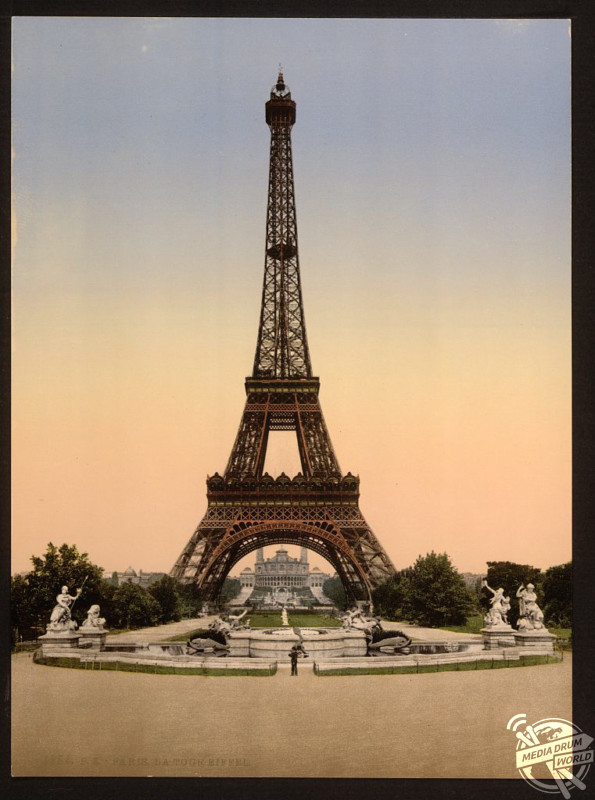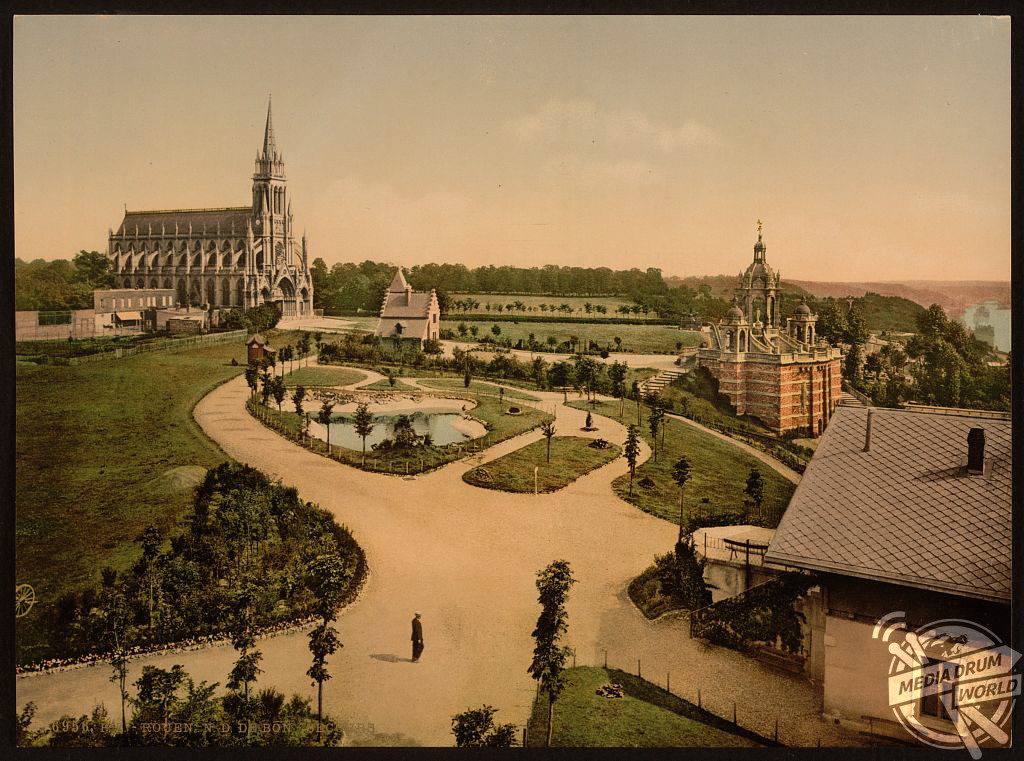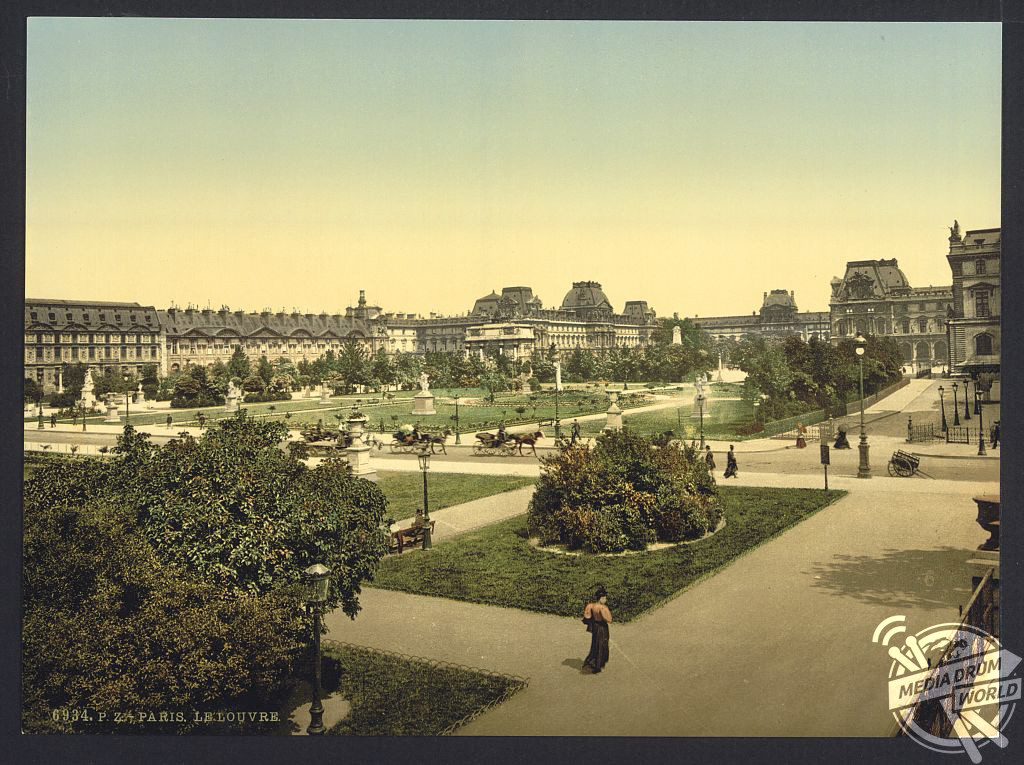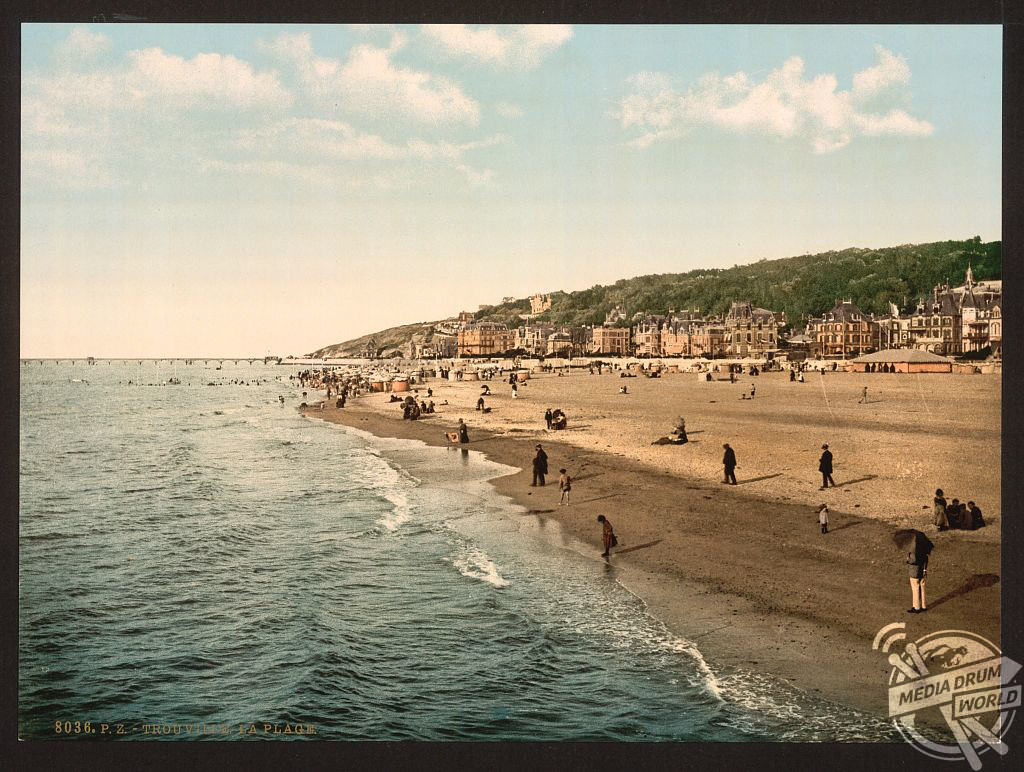
By Ben Wheeler
STUNNING retro postcards depicting France at the turn of the twentieth century have come to light showing how various parts of the picturesque country looked during its most transformative period.
The images, which date from between 1890 and 1900, reveal how some of the nation’s most well-known locations appeared over one hundred years ago.

These include the Eiffel Tower in Paris, which had only just been built in 1889 to celebrate the 100th anniversary of the French Revolution.
Other places pictured include the stunning Gallery of Mirrors in Versailles, the mesmerising Cathedrale Notre-Dame in Rouen and the world-famous Louvre Museum, again in Paris, prior to the construction of the modern, glass Louvre Pyramid.

Further cities and towns are also shown in the images, from Trouville in the very North of the great country to Marseille, 600-miles away in the South.
The period from which the images originate was a significant time in the history of France and the rest of the world.

In addition to the completion of the Eiffel Tower, the creation of the first Metro line was also finished in 1900, the same year in which Paris played host to the Olympic games.
However, on a darker note, France’s colonisation of swathes of Africa was still on-going despite the signing of the Treaty of Paris of 1898, in which Spain relinquished nearly all of the remaining Spanish Empire including Cuba, Puerto Rico and the Phillipines.

Just prior this, in 1894, the nation was left in turmoil after President of France, Marie François Sadi Carnot, was assassinated by an Italian anarchist after delivering a speech in Lyon, he was later buried at the Panthėon, which also features on the postcards.






